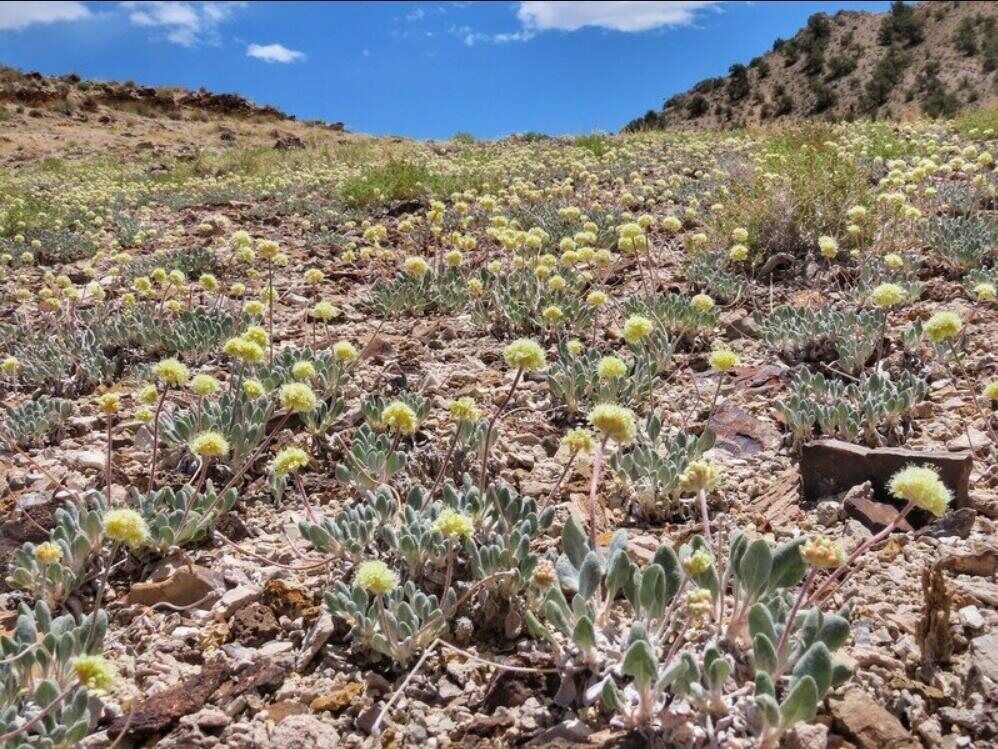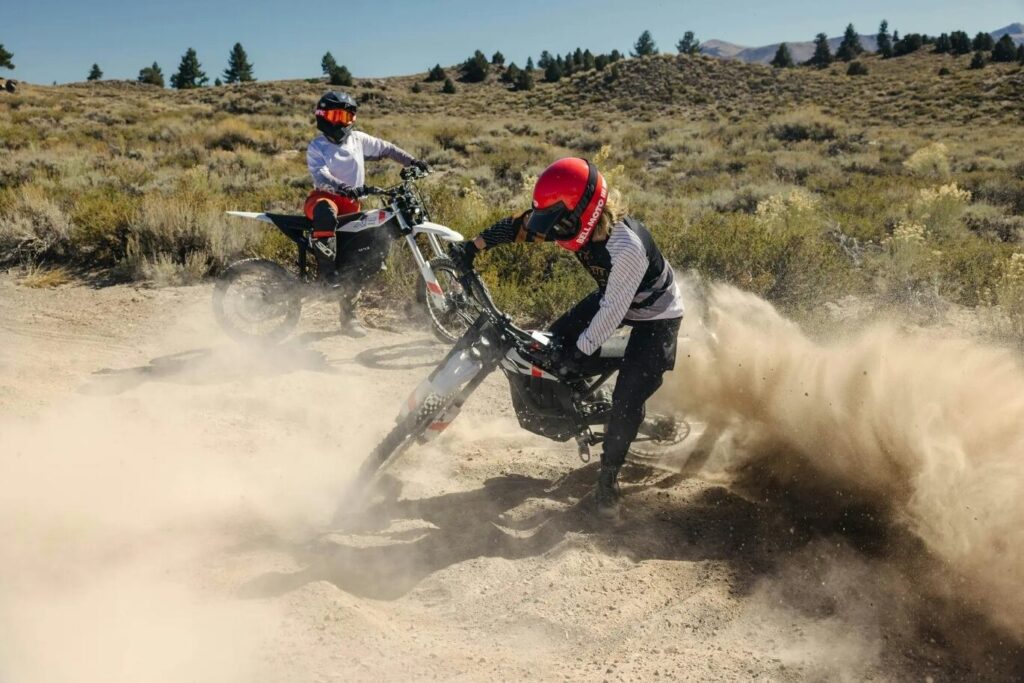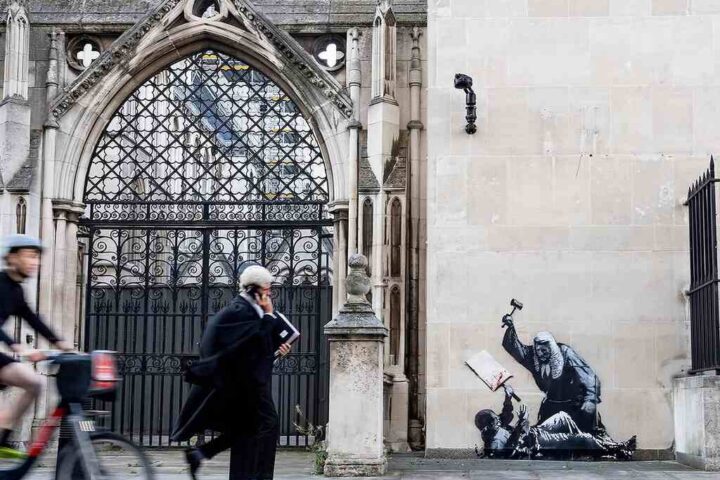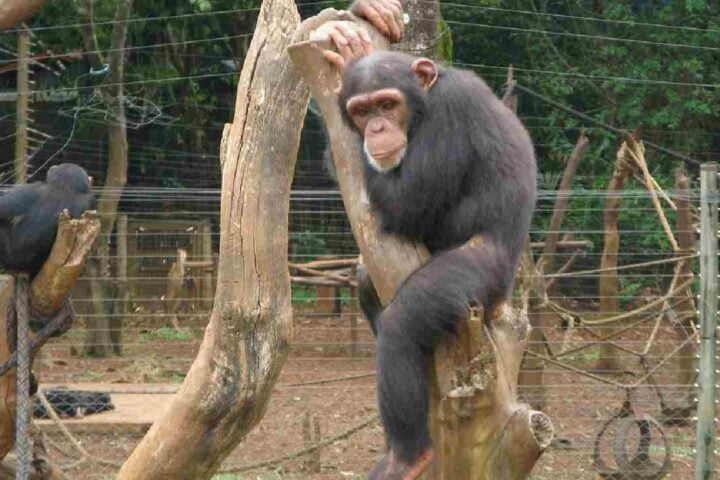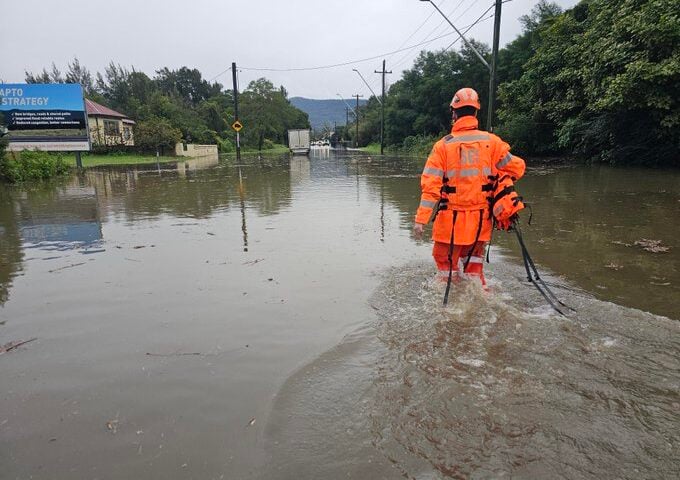A coalition of environmental organizations and Western Shoshone tribal representatives filed a lawsuit on October 31, 2024, against the U.S. Bureau of Land Management (BLM) over its authorization of the Rhyolite Ridge Lithium-Boron Mine in Esmeralda County, Nevada.
The legal challenge centres on Tiehm’s buckwheat (Eriogonum tiehmii), a rare Nevada endemic plant species with delicate cream-coloured blossoms that exists nowhere else on Earth except the 10 acres of boron and lithium-rich soil where the mine is planned. The U.S. Fish and Wildlife Service listed the species as endangered in 2022 following petitions and legal action by the Center for Biological Diversity.
The proposed mine would create a 1,000-foot-deep open pit surrounded by 2 square miles of waste rock dumps and a sulfuric acid processing facility. The industrial operation would require hundreds of daily truck trips through what is currently pristine habitat for bighorn sheep, golden eagles, and hundreds of plant species.
“This lawsuit is about much more than just preventing the extinction of Tiehm’s buckwheat,” said Patrick Donnelly, Great Basin director at the Center for Biological Diversity. “The Bureau of Land Management’s authorization of the Rhyolite Ridge Mine is a flagrant violation of numerous environmental protection laws, and the integrity of these bedrock conservation laws is at stake. We need lithium for the crucial transition to renewable energy, but the government can’t break the law and drive species to extinction to get it.”
The lawsuit alleges violations of the National Environmental Policy Act, Federal Lands Policy and Management Act, and Endangered Species Act. Internal BLM emails obtained through the Freedom of Information Act revealed the environmental review process was on “a very aggressive schedule that deviates from other project schedules on similar projects.”
Western Shoshone cultural sites face severe impacts from the proposed mine. Cave Spring, located less than a mile from the planned pit, serves as “a site of intergenerational transmission of cultural and spiritual knowledge,” according to the Western Shoshone Defense Project. The mine’s groundwater pumping of hundreds of millions of gallons annually threatens dozens of nearby springs.
“Continuously extracting resources to maximize profit harms land and water, and we’ve witnessed plant and animal life disappear as the government mismanages the environment it’s supposed to protect,” said Fermina Stevens, director of the Western Shoshone Defense Project. “The U.S. and corporations claim to be saving the planet as they destroy land and pollute water by bending and breaking the law.”
The coalition submitted expert analyses on botanical impacts, dust deposition, geotechnical engineering, and hydrology during the permitting process. The lawsuit contends BLM ignored these independent findings in favor of mining company data to conclude the project wouldn’t harm endangered species or cultural sites.
Similar Posts
John Hadder, director of Great Basin Resource Watch, called the mine approval “reckless and a disaster waiting to happen,” adding, “The end use of minerals, whether for EVs or solar panels, does not justify this disregard of Indigenous cultural areas and keystone environmental laws.”
Recent monitoring revealed additional losses to the Tiehm’s buckwheat population, which numbered fewer than 30,000 plants in the latest estimates. The damage pattern matches a 2020 incident where rodent herbivory reduced the population by up to 60%.
Despite listing Tiehm’s buckwheat as endangered in 2022 and stating it was “in danger of extinction now,” the Fish and Wildlife Service’s 2024 biological opinion concluded that while the mine would disturb 146 acres of plant habitat for 23 years and permanently destroy 45 acres, these impacts would “not appreciably diminish the value of critical habitat as a whole.”
The coalition is represented by Roger Flynn of the Western Mining Action Project and in-house counsel at the Center for Biological Diversity. Ioneer Limited, the Australian mining company behind the project, plans to begin construction in 2025 and says it will “vigorously defend” the approval. Company Vice President Chad Yeftich stated they don’t expect the lawsuit to delay their timeline.
